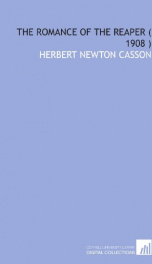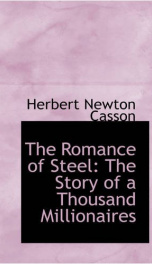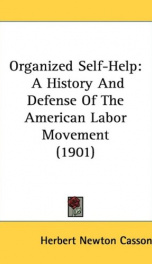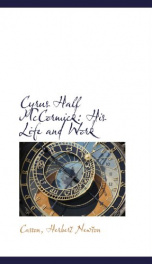the crime of credulity
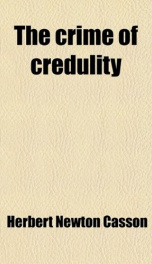
Purchase of this book includes free trial access to www.million-books.com where you can read more than a million books for free. This is an OCR edition with typos. Excerpt from book: The idea of the "wickedness of the flesh " is an invariable product of mysticism, leading in the eleventh century to the self-torturing lunacy of the Flagellant monks ; and in later times to the austerities of Puritanism. Paul gave ground for this doctrine of the "sinful flesh" by saying, "I keep my body under;" and throughout the Middle Ages thousands of monks and nuns deliberately ruined their health as a "means of grace.'' Inconsistently enough, there was also a prevalent belief that the church could heal the sick, through the miraculous powers of its innumerable shrines. Every "Holy Coat," splinter of the Cross and box of the Apostles' bones had thousands of cures to its credit. All sensible people who used sanitary measures and decoctions of herbs were denounced as atheists and savagely persecuted. In modern times, as asceticism and faith in relics declined, there has come a strange combination of the two, eliminating the most offensive features of both, and bringing them up to date as twentieth century products. This has been done by combining the soul-development idea of the monks with the faith- cure doctrine of Lourdes, throwing in a few modern phrases, and labeling the compound,"Christian Science" and "Mental Science." But to return to these medieval sects, the one which most closely resembles modern Theosophy was that of the Caba- lists. They survived as late as the seventeenth century, and numbered men of powerful and ingenious intellect among their adherents. Paracelsus, Cardan and Agrippa were their best known writers. These Cabalists were men whose minds were too active to think solely along scholastic ruts, yet not strong enough to chapter{Section 4throw off some of the most irrational traditions. They believed in the existence of spirits of nature,...
Info about the book
Author:
Series:
Unknown
ISBN:
0554730685
Rating:
3/5 (4)Your rating:
0/5
Languge:
English
Users who have this book
Users who want this book
What readers are saying
What do you think? Write your own comment on this book!
write a commentif you like the crime of credulity try:
Do you want to exchange books? It’s EASY!
Get registered and find other users who want to give their favourite books to good hands!
